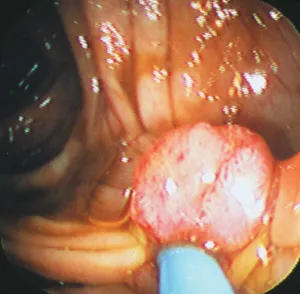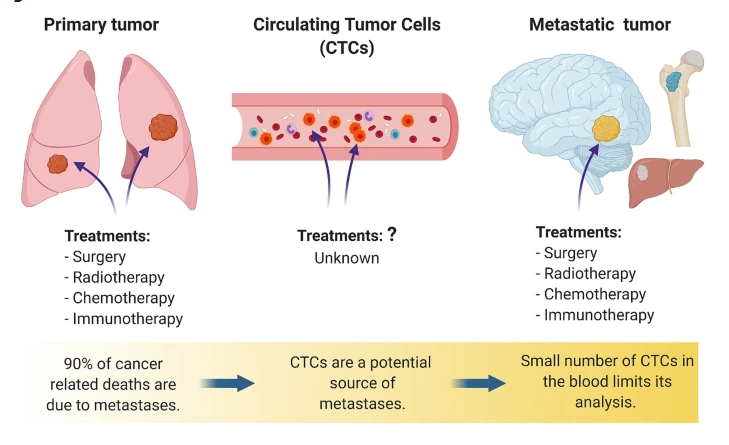Understanding Prostate Cancer
Category : Prostate Cancer | Sub Category : Prostate Cancer Posted on 2025-06-30 21:14:30

Understanding Prostate Cancer
Prostate cancer is one of the most common types of cancer affecting men worldwide. It develops in the prostate, a small walnut-shaped gland located below the bladder that produces seminal fluid to nourish and transport sperm.
Causes and Risk Factors
The exact cause of prostate cancer is not fully understood, but several factors can increase the risk:
Age: Risk increases significantly after age 50.
Family history: Men with close relatives who had prostate cancer are more likely to develop it.
Ethnicity: African-American men have higher rates and more aggressive forms of prostate cancer.
Diet and lifestyle: High-fat diets and obesity may contribute to risk.
Symptoms
Early prostate cancer often causes no symptoms. When symptoms appear, they may include:
Difficulty urinating or weak urine flow
Frequent urination, especially at night
Blood in urine or semen
Pain in the hips, back, or pelvis
Erectile dysfunction
Because these symptoms can overlap with other benign conditions like benign prostatic hyperplasia (BPH), early screening is essential.
Diagnosis
Diagnosis typically involves:
Prostate-Specific Antigen (PSA) test: Measures PSA levels in the blood; elevated levels may indicate cancer.
Digital Rectal Exam (DRE): A doctor physically checks the prostate gland for abnormalities.
Biopsy: Tissue samples from the prostate are examined for cancer cells.
Treatment Options
Treatment depends on the cancer stage, aggressiveness, and patient’s overall health. Common options include:
Active surveillance: Monitoring slow-growing cancers without immediate treatment.
Surgery: Prostatectomy to remove the prostate gland.
Radiation therapy: Targeted radiation to kill cancer cells.
Hormone therapy: Reduces testosterone which fuels cancer growth.
Chemotherapy and newer targeted therapies: For advanced cases.
Prognosis and Prevention
When detected early, prostate cancer has a high survival rate. Regular screening, healthy diet, exercise, and maintaining a healthy weight can help reduce the risk.
Leave a Comment:
SEARCH
Categories
Recent News
- New Discovery Links Mitochondrial DNA to Immunotherapy Success in Cancer Treatment
- John’s Journey: Healing Through Lifestyle and Natural Remedies
- The truth about finding a cure for cancer
- Federal Government Commissions Three Oncology Centres to Strengthen Cancer Care in Nigeria
- Nigeria Advances National Cancer Control Efforts
- Nigeria’s Biggest Cancer Awareness Walk by Mukhtasar M. Alkali
- Binaytara Announces Partnership with Federal Medical Center (FMC), Ebute Metta, Lagos to Advance Cancer Care in Nigeria
- If the cancer returns after a chemotherapy treatment, is there a point in having more chemotherapy?
READ MORE
3 weeks ago Category : Colorectal Cancer

New Discovery Links Mitochondrial DNA to Immunotherapy Success in Cancer Treatment
Read More →3 weeks ago Category : Tell us your Story

John’s Journey: Healing Through Lifestyle and Natural Remedies
Read More →3 weeks ago Category : Tell us your Story

The truth about finding a cure for cancer
Read More →1 month ago Category : Tell us your Story
